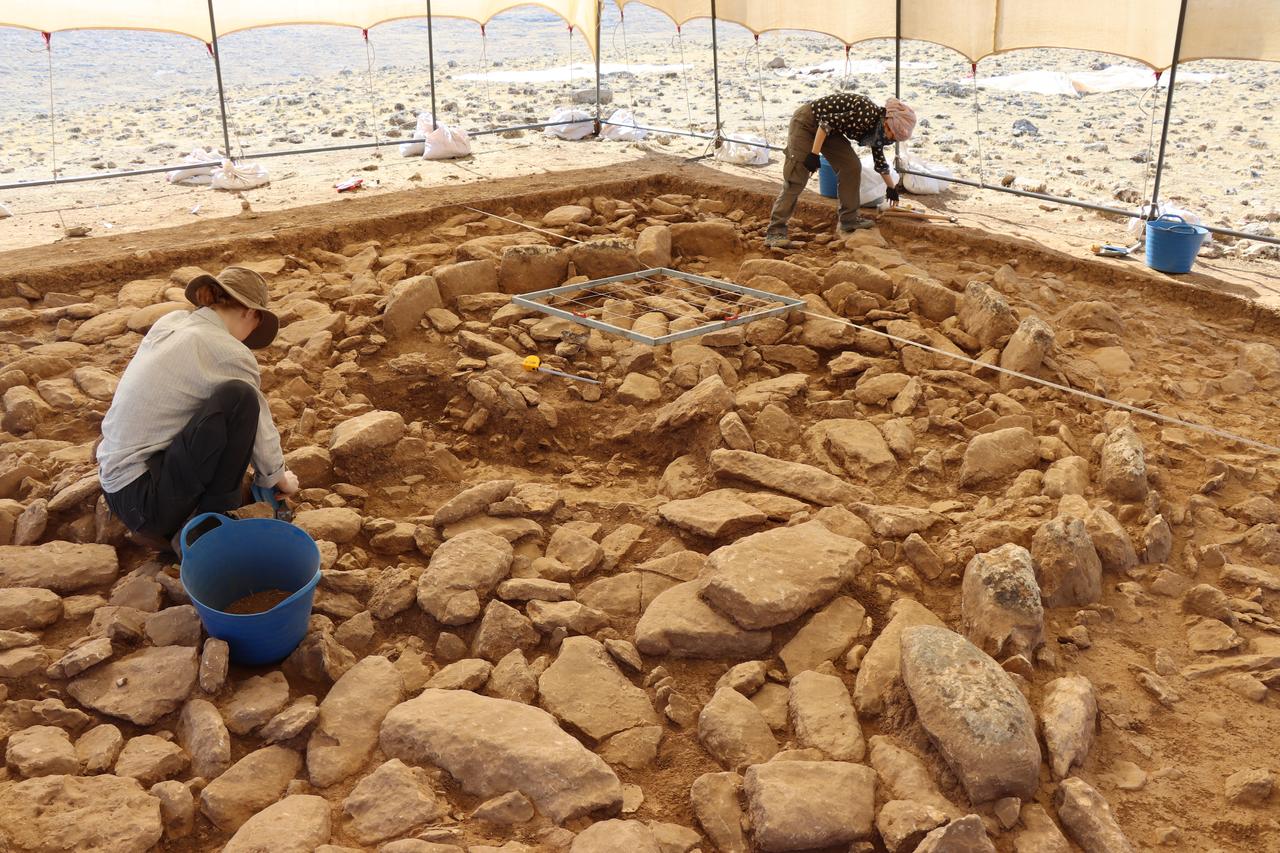
Archaeologists working under the Ministry of Culture and Tourism’s Tas Tepeler (Stone Mounds) Project say Mendik Tepe near Sanliurfa is likely earlier than both Gobeklitepe and Karahantepe, bringing out traces from the very beginning of the Neolithic, the era when communities moved into settled life.
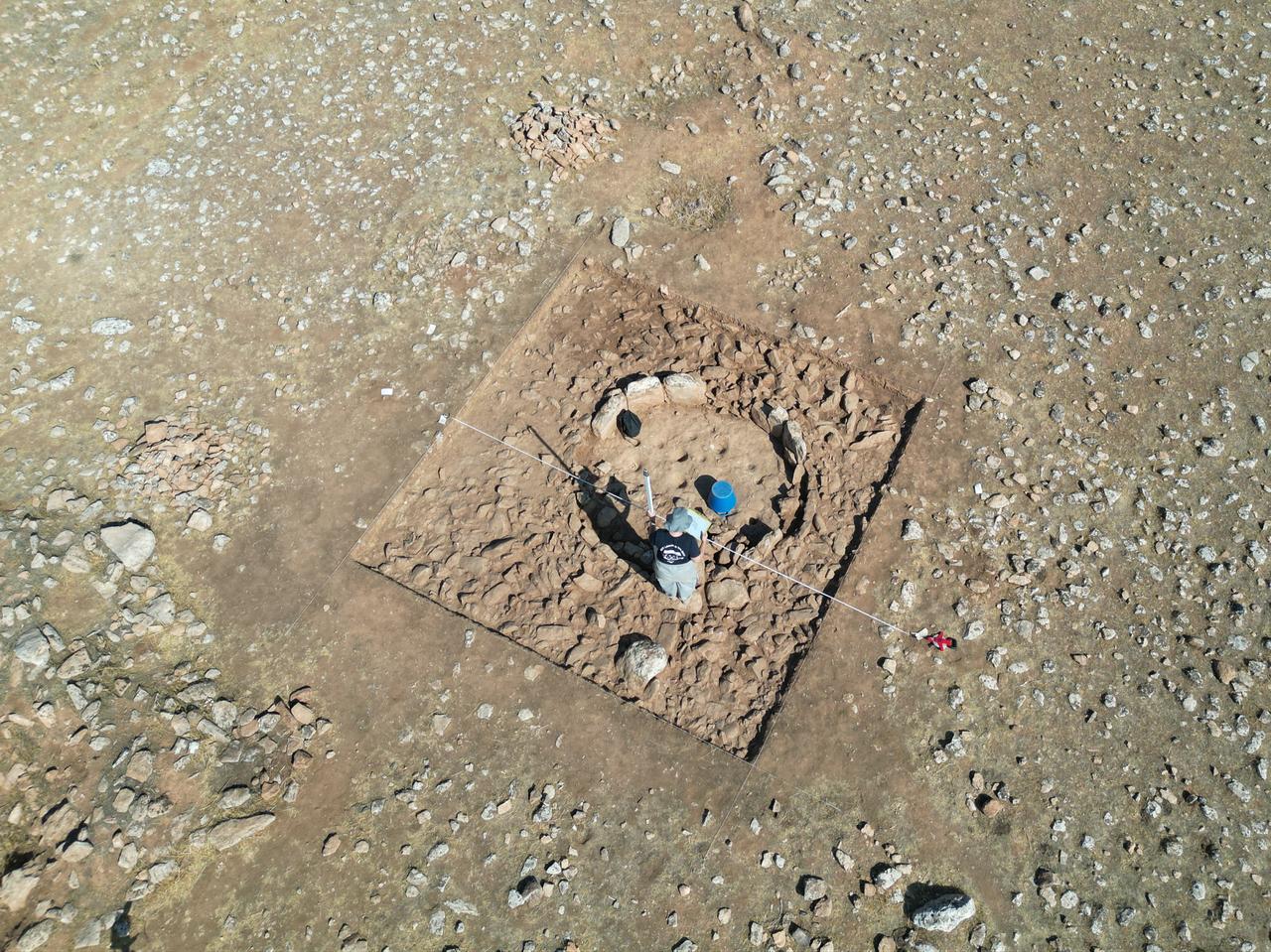
Discovered by Cakmaktepe excavation director Fatma Sahin, Mendik Tepe sits in the rural Payamli area of Eyyubiye, Sanliurfa. Excavations began in 2024 and continue under Professor Douglas Baird of the University of Liverpool’s Department of Archaeology, in collaboration with the Sanliurfa Archaeology Museum and with support from the British Institute of Archaeology.
Baird notes that the work aims to clarify how the Neolithic began and developed within the wider Tas Tepeler initiative.
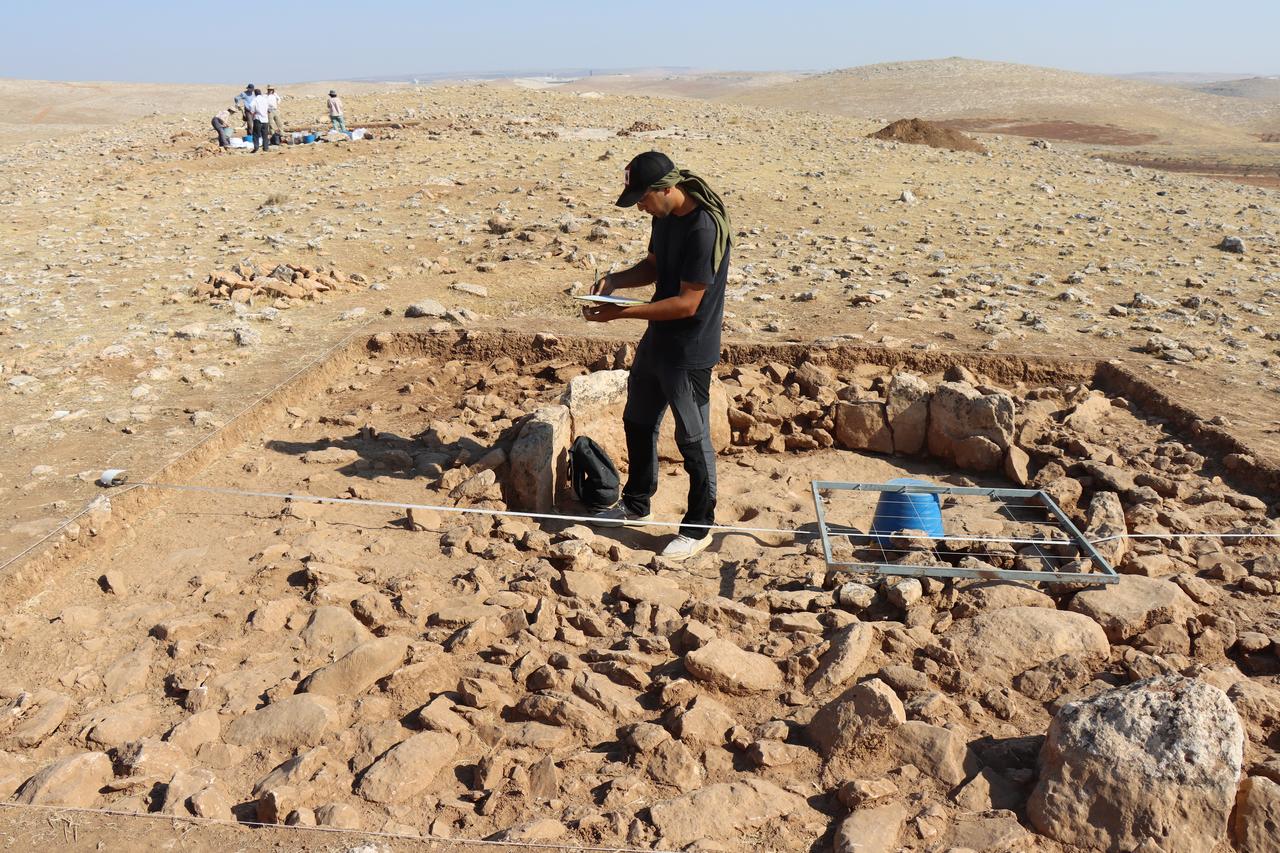
Baird reports that several structures of different sizes have been brought to light and that the team is looking into their functions. Smaller buildings may have served storage or food preparation, mid-sized examples around 4–5 meters could have been dwellings, and larger ones may have housed domestic or ritual activities.
He adds, “The robust and meticulous stonework of a large building stands out. This strengthens the possibility that the structure was built for ritual purposes.”
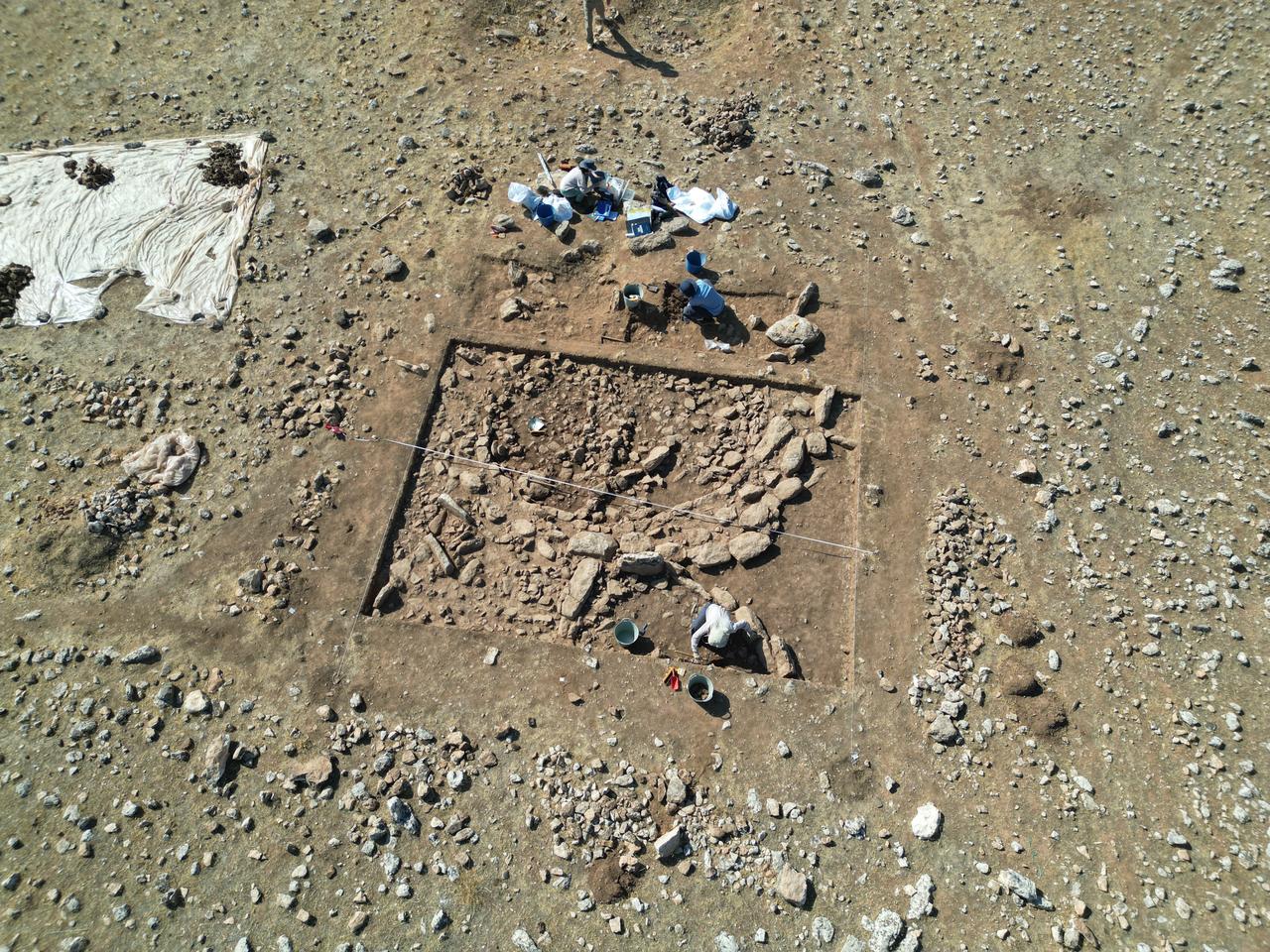
Mendik Tepe is tied to other Tas Tepeler settlements such as Gobeklitepe and Karahantepe but may predate them.
“We think it dates to the very beginning of the Neolithic,” Baird says, adding that the material will also help evaluate evidence about the shift into settled life.
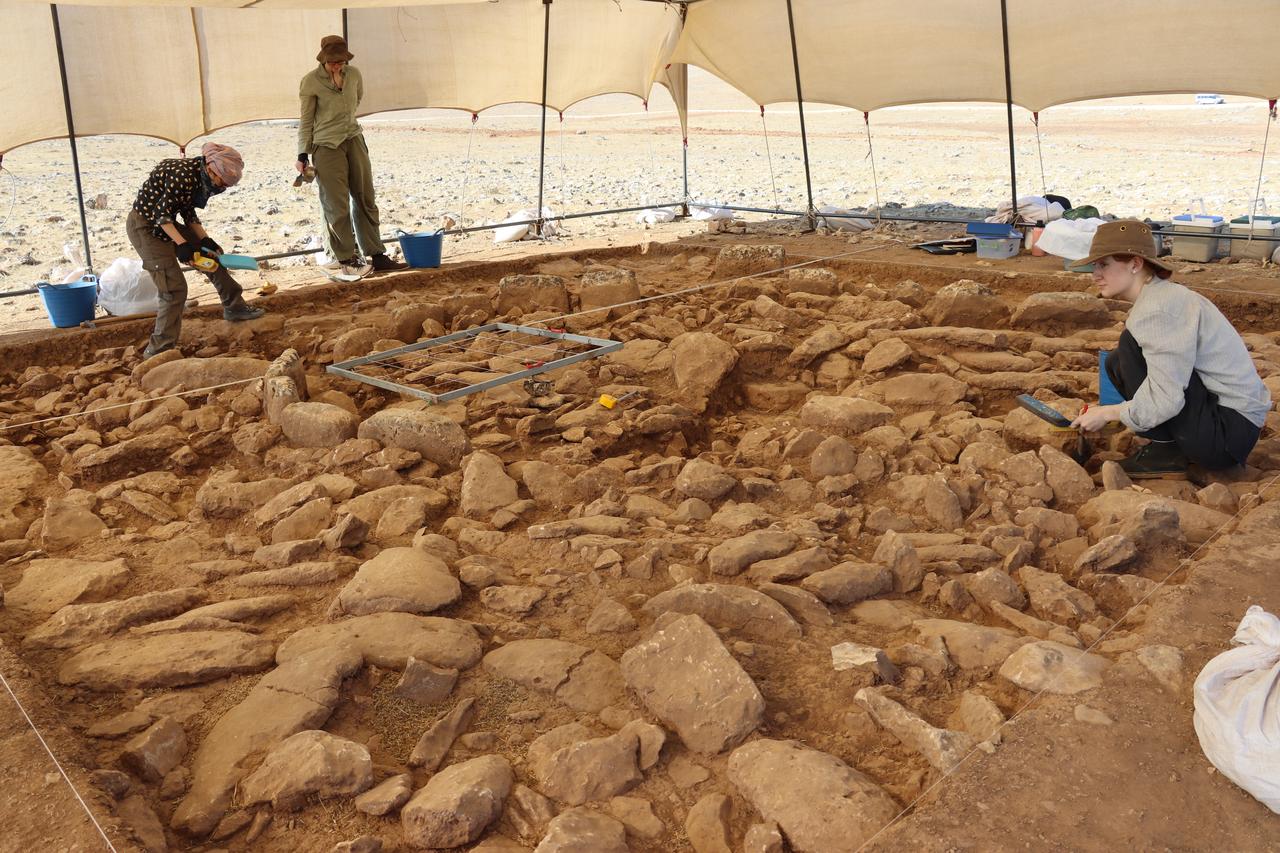
At Cakmaktepe, about 5 kilometers (3 miles) away, archaeologists see similar dates, and both areas appear slightly earlier than the other Tas Tepeler locations.
Unlike the well-known T-shaped standing stones of Gobeklitepe and Karahantepe, Mendik Tepe has standing stones that are not T-shaped, marking a site-specific architectural character.